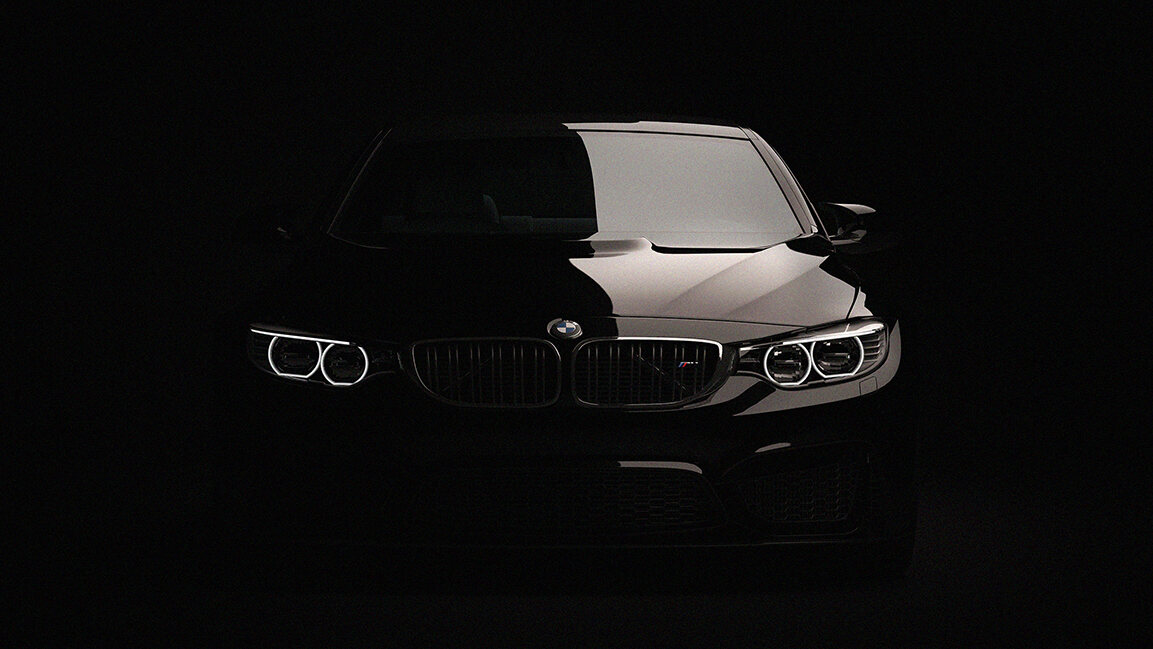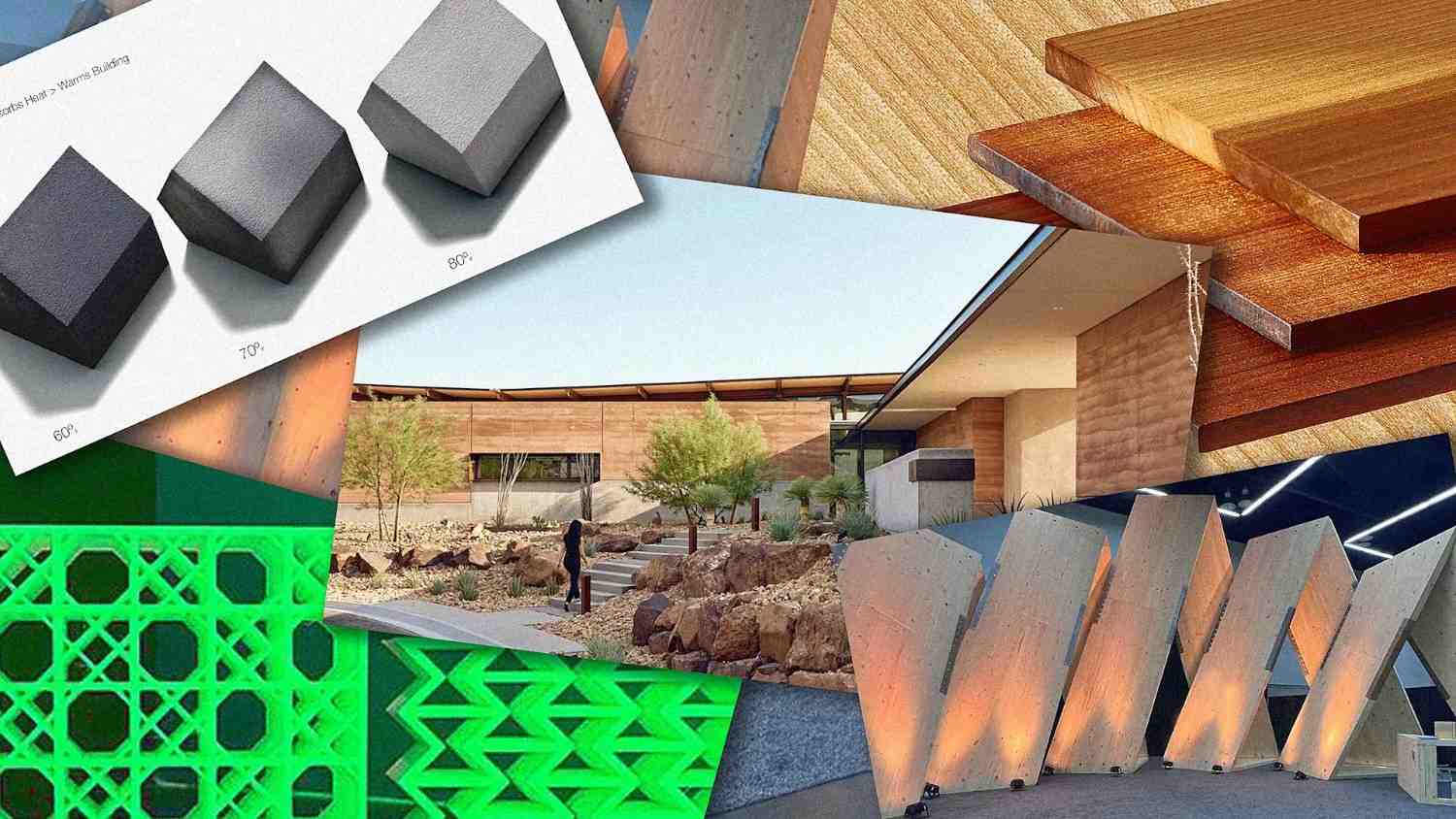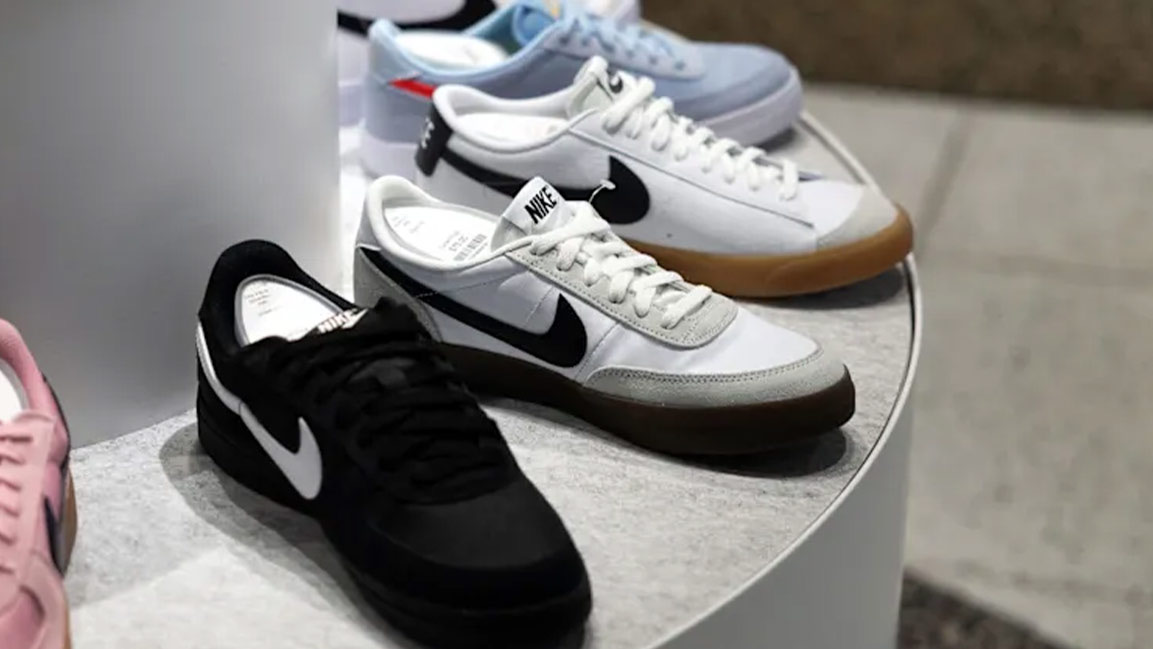- | 10:00 am
Inside BMW’s Neue Klasse mindset. Balancing innovation, heritage, and purpose in design
Design at BMW now happens across disciplines at the same time, turning collaboration into the engine of innovation

Change is inevitable, but few organizations manage it with clarity. Many drift between caution and excess, losing the precision that earns trust over time. In industries where technology is reshaping expectations, the challenge is sharper: innovate quickly enough to stay relevant without losing what makes you recognizable. BMW has found a way to do both.
Its work in electrification and collaborative design reflects discipline over haste. According to Oliver Heilmar, Head of Design for BMW M, design philosophy links progress to identity, keeping innovation intentional, clear, and grounded in purpose.
DESIGN PHILOSOPHY
BMW’s design philosophy revolves around the Neue Klasse, a turning point from the 1960s that shaped the brand’s sporty and elegant identity. In 2020, the board reaffirmed its central role, guiding the design and technology, as well as the company’s mindset and collaborative approach. “Everything is meant to stand behind that slogan, Neue Klasse,” Heilmar frames it as a mindset shift echoing past successes.
To chart the path forward, the team looked to key models from the past, including the BMW 1800, 3 Series, and 1999 X5, which became cornerstones of the brand’s DNA. BMW has consistently combined confidence with innovation, from the i3 to the first Touring models, with dynamic principles guiding every project.
This perspective enables designers to begin with nearly blank slates while remaining true to core principles. Rather than remixing iconic elements like the kidneys or Hofmeister kink, the team works collaboratively and continuously tests ideas. Work is no longer linear. Creativity happens simultaneously across disciplines, and taking bigger steps correctly is the focus. “Taking bigger steps correctly is even more important,” Heilmar notes.
He recalls sharing the workspace with Dr. Mike Reichelt, Head of the Neue Klasse at BMW, who noted that creating something magical required sitting together. “The magic happens between disciplines, not within one alone.” Looking back at the i3 phase, the team explored how the BMW front end could evolve while remaining recognizable.
Technology shapes details from innovative radar arrangements to narrower kidneys, giving the front end a signature that pushes the form language forward. The goal is clarity inspired by the past, with sharp surfaces and hoods that accelerate toward the front. This craftsmanship reappears in the new class, evoking the elegance of the Royal class without being retro.
The upcoming M3 and M4 models follow the Neue Klasse approach as they establish their identities. M has its own language, with distinct characters that are expressive and performance-driven. Some elements are dictated by physics, and those elements are precisely what define the vehicles.
New technologies are integrated as practical tools rather than replacements for judgment. BMW trains its own AI so it grows with projects and constraints. The wheel design illustrates this approach. A modern wheel must balance load, weight, and crash behavior—requirements encoded into AI systems that run as designers model ideas. The result is faster validation while tactile work, the final shaping and feel, still relies on clay models and hands-on refinement.
ROLE, PROCESS, AND HERITAGE
Even when designing well-known models like the X5, the process for the high-performance M version runs in parallel with the standard car rather than following it.
“As soon as there is a product like the X5, we start almost in parallel with the M derivative,” Heilmar explains. “It can have different front fenders or a different hood. All those elements are entirely different, and this happens within my design department.”
However, even with a familiar model, the team operates within broader principles that define what a BMW should be. The challenge is to respect legacy while finding space for fresh ideas. “You have to work inside large frameworks that stand for BMW, but at the same time you need to expand them,” Heilmar says. “That is how you go beyond the reef and push the boundaries as a designer.”
Three elements guide the team’s creativity. First, diversity in age, background, and training sparks richer and more engaging discussions. Second, awareness of trends across industries and cultures keeps the team open to new ideas and perspectives. Third, personal passions are tapped, with members sharing interests that often have little to do with cars.
These approaches spark creativity and broaden perspectives. Some of the most original solutions come from experiences far from the studio, such as building bicycles in Africa, shaping skateboards, or repairing boats while sailing. Translating these experiences into the team mindset allows for bolder, creative steps.
Heilmar also draws from his own life. With three kids, a dog, and family holidays to plan, he selects cars that strike a balance between performance and practicality. His wife’s preference for taller vehicles and regional differences in taste further shape their choices.
INSPIRATIONS AND GLOBAL INFLUENCE
Drawing from the past is both an advantage and a challenge for BMW’s design team.
“Internally, it is easy but also difficult,” Heilmar says. “You could simply consume a brand’s past, but what really matters is becoming the memory of the brand.” The team spends time sharing observations and asking questions such as which BMW models resonate most and why. “In the design department, it is a safe space where you can talk about everything,” he notes.
“Explaining even a single corner of a car helps everyone understand what BMW stands for. That understanding cannot happen in a week.”
New designers go through the same process. Sketches that seem fresh are often traced back to work done years earlier, highlighting how deeply BMW’s DNA is woven into the craft.
Global perspectives are integrated through Designworks, BMW’s in-house consultancy. It tracks movements across cars, culture, fashion, architecture, and ecosystems, which are then discussed as part of the brand’s iconography. Collaboration among engineers, marketing, and sales ensures that the wider team shares a common understanding before a project moves forward.
The development of Neue Klasse illustrates this approach. Even the name underwent extensive discussion and design choices, such as a projection on the windscreen, which were debated until everyone understood the purpose and next steps.
BMW also closely monitors global trends, including the rapid creativity emerging from China. Immersion tours, like those for the 7 Series, help the team study colors, materials, and patterns, ensuring designs remain recognizable worldwide while adapting to local tastes. Recent trips to Dubai provided insight into regional preferences, guiding design decisions for the Middle East market.
DESIGN INTEGRITY
Reflecting on his favorite design, Heilmar smiles. “It depends on the decade,” he says. “As a designer, I have many favorites, but the E21 3 Series is very special.” He recalls being six or seven when his uncle owned a green 320. “It felt light and elegant, and at the same time far more modern than other cars of that era. The sound was fantastic. That car showed me what makes a design truly memorable.”
BMW avoids drifting into design for design’s sake, even as new players, particularly from China, embrace highly decorative styling. The company relies on a clear internal strategy to maintain focus. “I have already presented a design strategy to the board that defines our venues,” he explains. “From that, we build codes. M, for example, has its own language, which becomes a compass for the team.”
He stresses that this compass is not a rulebook. “A cookbook would be dangerous because BMW stands for a wide variety of cars,” he says. “But a compass is very useful. For electric models, we talk about clear shapes and performance-driven character. That already sets direction.”
During design reviews, he challenges his team to justify every element. “My first question is always about what is happening in the front section and why,” he adds. “If the answer is only that it looks good, we keep working. Step by step, each design is refined.”
To Heilmar, resisting excess is central to problem-solving. “Anyone today can achieve good quality,” he says. “What matters is how you use that skill and what you create from it. That is what keeps us from blending into the sea of sameness.”







































